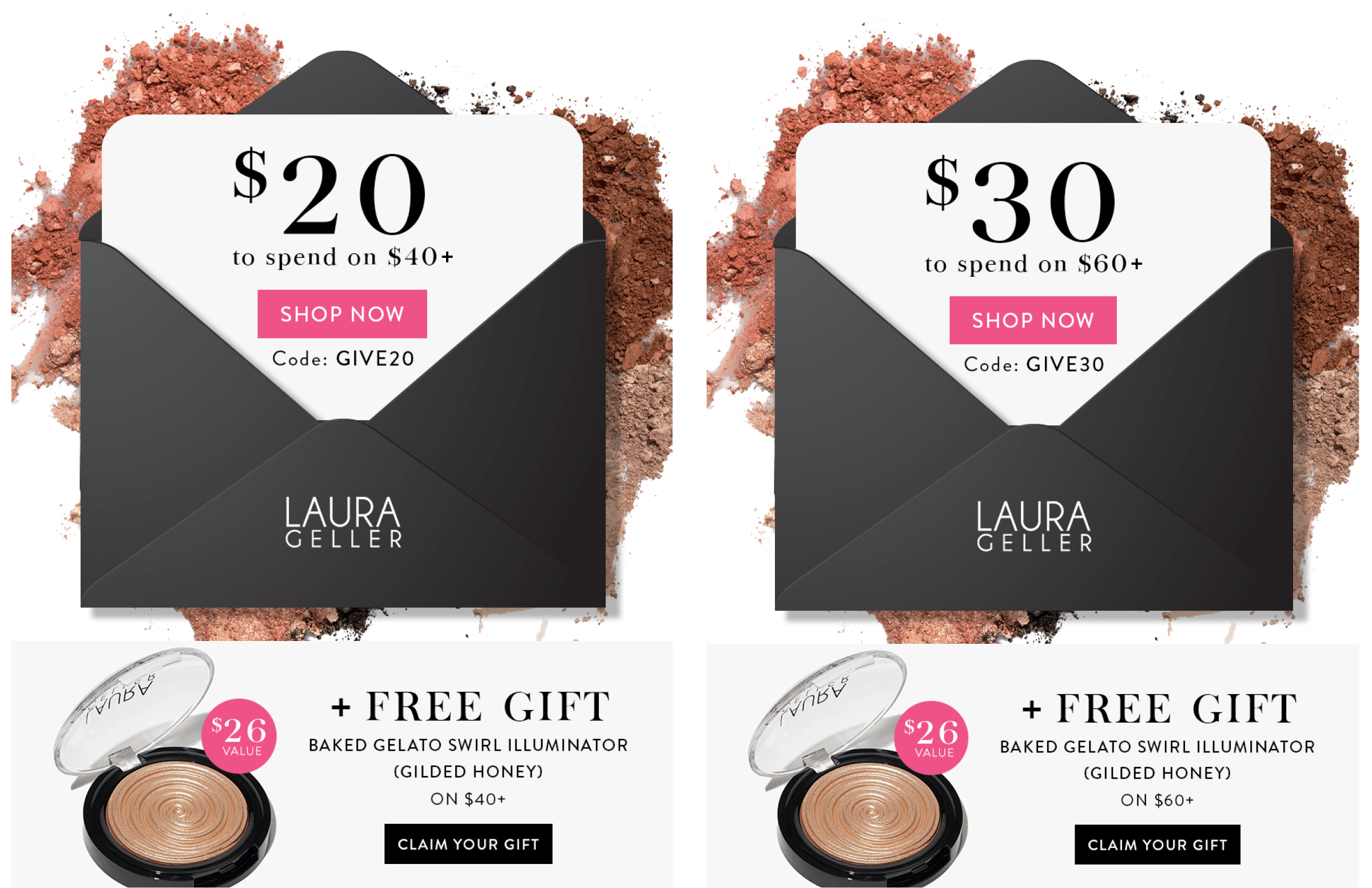Dr. Ada Barlatt, Founder and Chief Analytics Officer at OperationsAlly, shares her insights on the 2021 Alchemy Worx Consumer Survey.
The Alchemy Worx Consumer Survey highlights that no matter who your subscribers are – or in other words, across all demographic groups identified by the survey – people expect brands and companies to be truthful, relevant and honest in their communications.
The most selected responses across the entire survey group for the question: “Which, if any, of the following ‘fails’ (i.e., negative experiences) would impact your loyalty towards a certain brand, retailer, etc.? “ were:
- Receiving communications from them after opting out or unsubscribing (39%)
- Lying about sales or stock level to try and convince me to make a purchase (37%)
- Receiving too many emails from them (35%)
In looking a bit deeper, there is an interesting trend across age groups. For example, the percentage of respondents over 55 that selected “receiving communications from them after opting out or unsubscribing” as a “fail” (47%) was larger than the percentage of those aged 35-54 (41%) and 18-34 (27%).
There was a similar trend with “receiving too many emails”: 55+ (43%), 35-54(36%) and 18-34 (25%) and “lying about sales or stock level to try and convince me to make a purchase” 55+ (33%), 35-54 (40%) and 18-34 (39%).
This can be helpful as you reflect on the ages of the people on your list (and in your target market). The survey data seems to indicate the older the target market the more sensitive to the frequency of messages, the truthful-ness of those messages as well as the expectation to stop receiving messages after unsubscribing.
An interesting age-related side note: people across all age groups noted that receiving too many emails as a “fail” more often than receiving too many text messages. Could this be because they receive more marketing emails than text messages or is this an opportunity to introduce more text messaging to your marketing campaigns?
Now that we’ve taken a look at the most often selected “fails,” let’s look at the least often selected “fails.” The three least frequently selected “fails” across the entire survey group were:
- Starting a purchase on your phone and the cart not carrying over to my desktop (8%)
- Receiving recommendations for products I have already purchased or don’t need any more (15%)
- My name or information was wrong on messages a brand sends me (18%)
At first glance these three may indicate that there isn’t a need to personalize content based on the information – first-party data or purchase history – you’ve collected about the subscriber.
However, not so fast — looking a bit deeper at these three “fails” makes it very clear that the places people spend their time on the internet heavily impacts their expectations with respect to personalization.
For example, although for the entire survey group only 8% considered “starting a purchase on your phone and the cart not carrying over to my desktop” a “fail.” Users of QZone, Weibo, WeChat selected this “fail” at a much higher rate: 39%, 27%, and23% respectively – that is quite significant compared to users of Facebook(9%).
Similarly, there are also certain social platforms where users selected the “fail ,” “receiving recommendations for products I have already purchased or don’t need any more,”at a much higher rate compared to others. [QZone users (48%), Weibo users (38%), WeChat users (30%), while Pinterest users (12%)].
And lastly, users of QZone (47%), Weibo (37%), TikTok (28%) selected “my name or information was wrong on messages a brand sends me” as a “fail” at a much higher rate than users of Meetup (18%).
These vast differences based on behavior information, brings me to a point that is near and dear to my heart, a focus of my work at OperationsAlly and an opportunity that email marketers have to improve their programs – looking at the behavior of your subscribers can provide power insights that can be used to improve your program.
Often marketers talk about trends in demographics – which does tell part of the story. However, I encourage you to also consider the influence of other factors – like where people are spending their time on the internet and past buying behavior -have on your subscribers’ expectations for communications from your company and brand.
Using analytics to study subscribers’ past behavior can help identify patterns and indicate future actions or intentions. These types of analyses and predictive models are an exciting opportunity for the email marketing industry!
Learn More
Download the Alchemy Worx white paper, How the Shift in Consumer Sentiment Could Impact Your Holiday Season to learn more.




